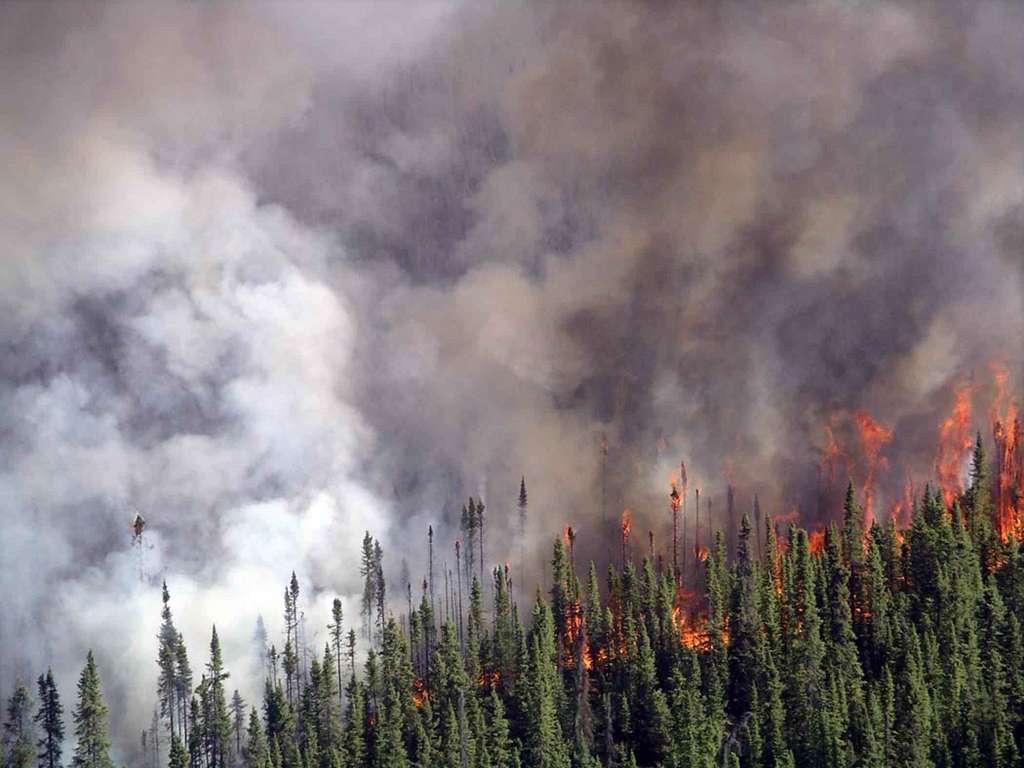
A smoke wall, orange-hued skies, and the biggest evacuation on record this is the new normal for thousands of Manitobans. With wildfires raging across every corner of the province, a historic state of emergency afflicts Manitoba, highlighting just how much our climate, and our lives, are altering.
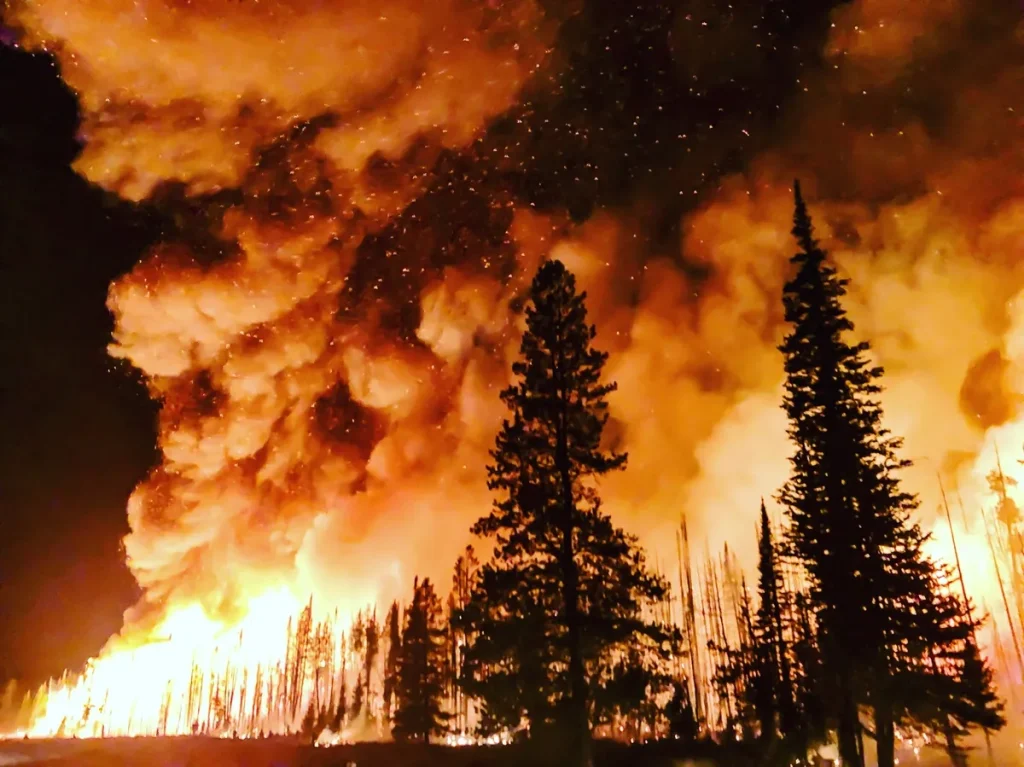
1. Unprecedented Scale: Manitoba’s Summer of Smoke
It’s not another wildfire season. Manitoba itself has registered more than 3.2 million acres charred to date, with almost 130 active fires burning as of early August. “This is the biggest evacuation Manitoba will ever experience in most Manitobans’ lifetimes,” Premier Wab Kinew declared, noting that for the first time ever, wildfires are raging in all parts of the province. More than 17,000 individuals have been evacuated in Manitoba itself, with thousands of others displaced in the neighboring provinces. The sheer magnitude has stretched resources to the breaking point, with evacuation centers as far south as Winkler and public buildings in Winnipeg opening their doors to those escaping the flames.
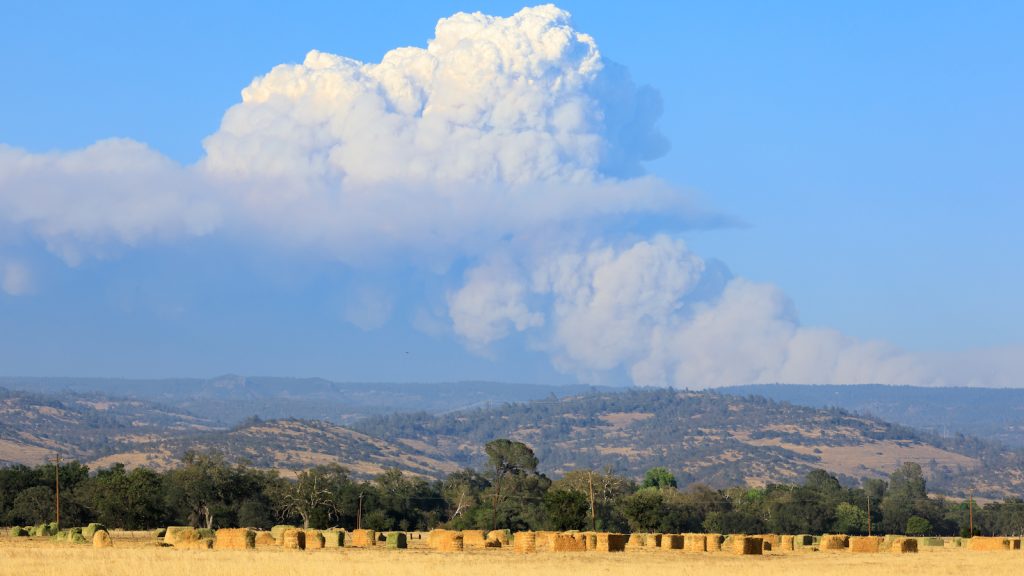
2. The Climate Connection: Why Wildfires Are Getting Worse
What’s causing these behemoth fires? Scientists blame a clear culprit: human-caused climate change. Last year was the hottest on record for Earth, and 2025 is already looking to break more records. Canada is heating at twice the world rate, and that translates to longer, hotter, and drier summers. “That is an indicator of a changing climate that we are going to have to get used to,” Kinew said. The season for wildfires begins earlier and lasts longer, and lightning storms fueled by warmer temperatures are now lighting more fires than ever. In 2023, 93% of the territory that burned in Canada was through lightning fires, a pattern that will get worse as the world warms up.
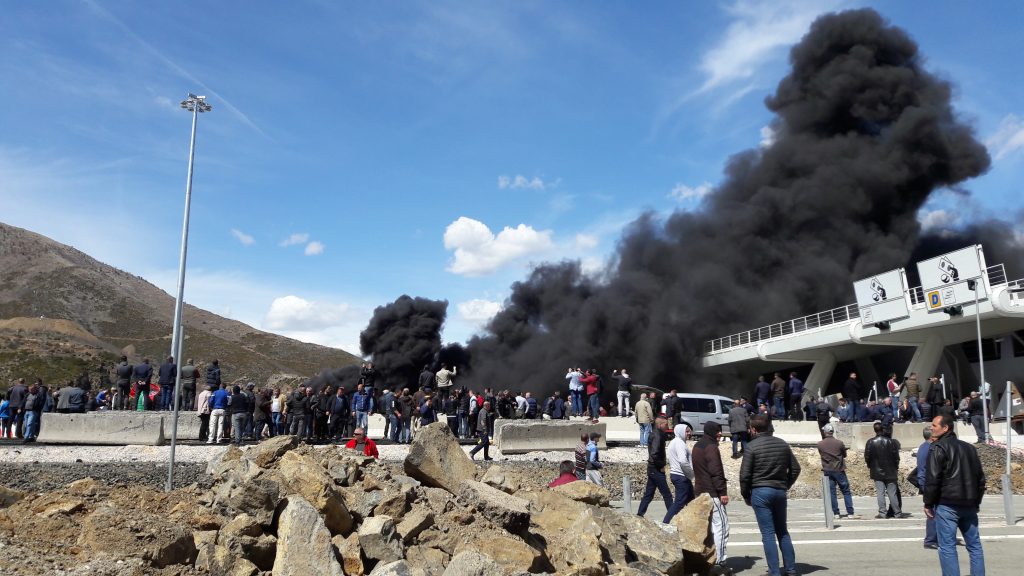
3. Health and Wellbeing: Smoke’s Hidden Toll
The physical danger of fire is only half of the equation. Wildfire smoke has traveled thousands of kilometers, shrouding neighborhoods in poisons and driving air quality to “unhealthy” levels as far south as the U.S. border. The health threats are real: more asthma attacks, cardiac and pulmonary problems, and even increased cancer risks.
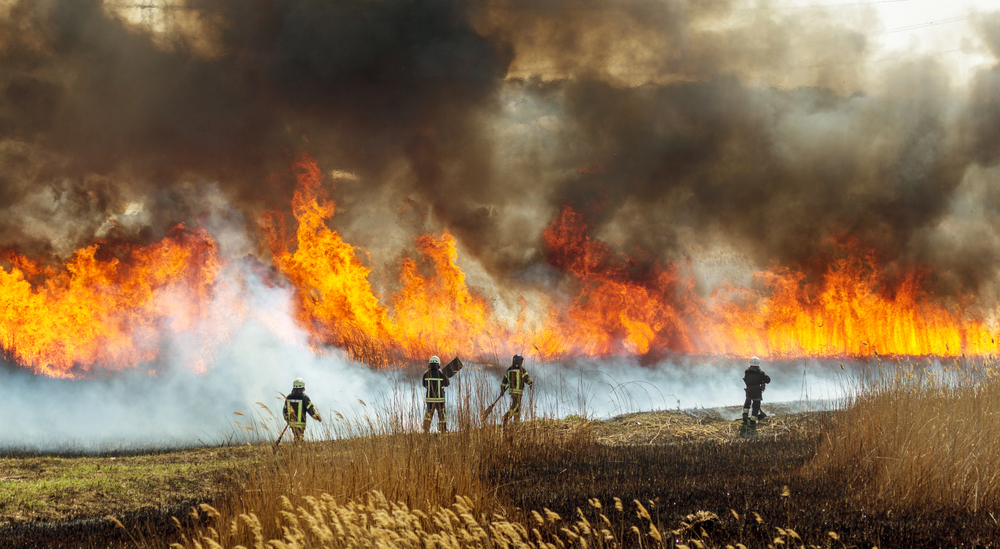
“Air quality and visibility from wildfire smoke can change quickly and can vary significantly from one hour to the next,” Saskatchewan’s Public Safety Agency cautioned. Most affected are vulnerable populations children, elderly, those with heart or lung diseases though everyone is impacted.
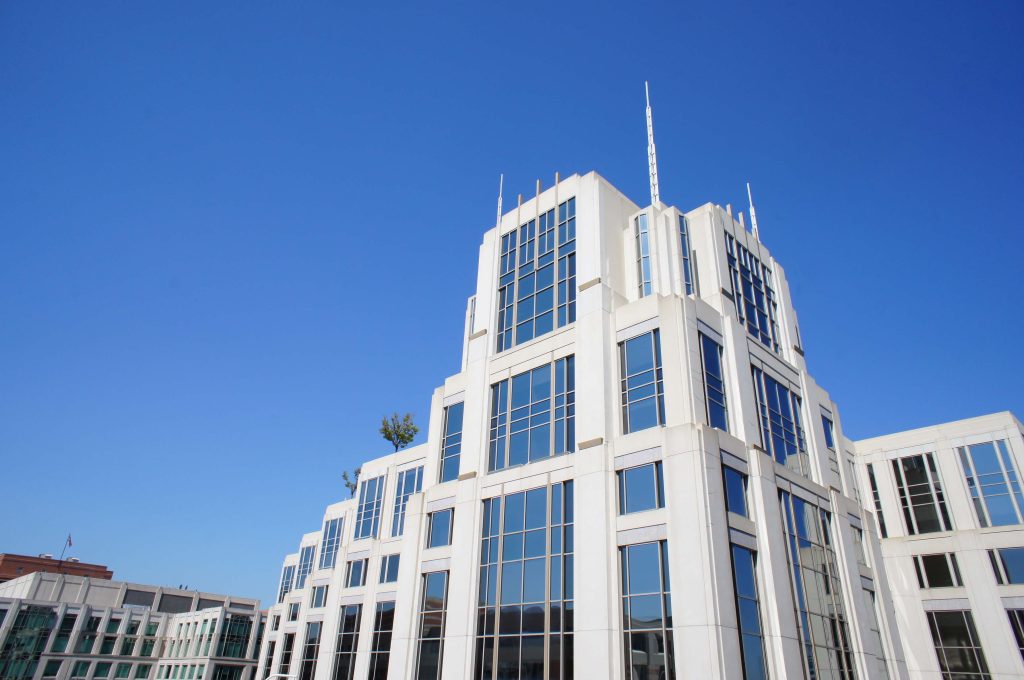
4. Managing Climate Anxiety: Remaining Calm in the Crisis
It’s normal to feel overwhelmed, anxious, or even hopeless when faced with disaster. According to the American Psychological Association, up to 80% of wildfire survivors experience psychological distress. Experts recommend focusing on what you can control: maintaining routines, practicing mindfulness, and taking breaks from distressing news. “It’s okay to feel stressed about climate change. I can make a difference, and big changes are going to take time,” is a mantra mental health workers recommend. Finding common ground in community support groups or speaking to a counselor can process trauma and foster resilience for the long term.
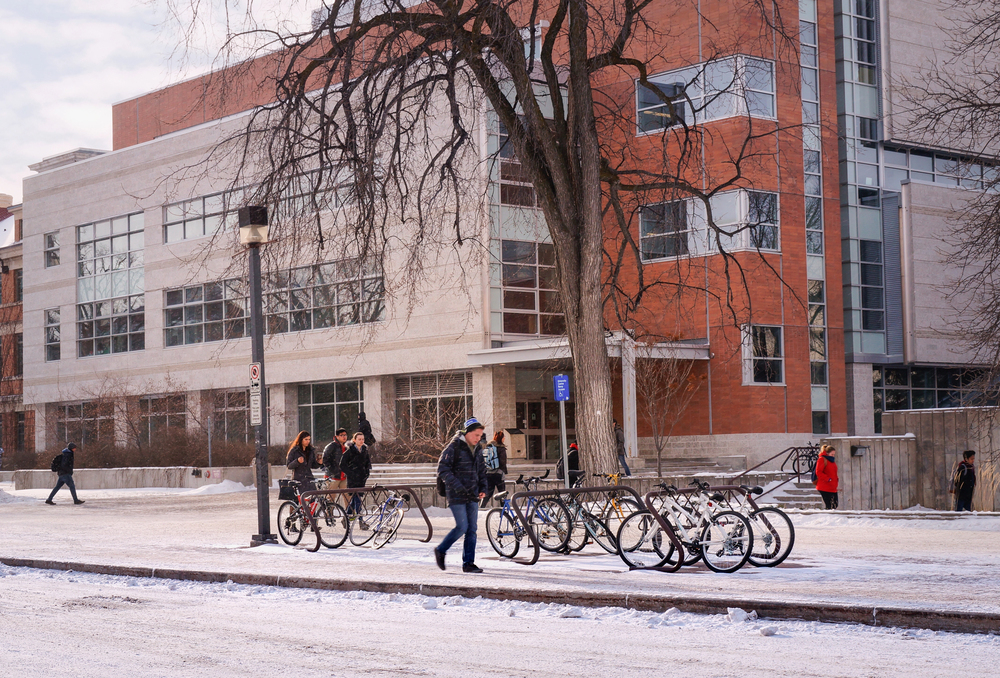
5. Community Ingenuity: Tech Solutions and Mutual Aid
Despite the midst of crisis, neighborhoods are rallying with creative solutions. A Manitoba college student, moved by his family’s experience, designed an interactive wildfire map that enables neighbors to monitor fire locations and access assistance from nonprofits. Local governments also encourage residents to utilize the MBReady portal for real-time alerts and evacuation information. Mutual aid networks are emerging throughout the impacted areas neighbors assisting neighbors, sharing supplies, and covering gaps when official assistance is overwhelmed. These specific measures are crucial for both short-term relief and long-term recovery.

6. Breathing Easier: Easy Ways to Reduce Indoor Air Pollution
When there’s smoke in the air, keeping it out of your home is a top priority. The EPA suggests regularly using portable air cleaners with HEPA and activated carbon filters to remove both particles and odors. For a low-cost solution, a homemade box fan with a high-efficiency furnace filter (MERV 13 or above) will make an unexpected difference. Close windows and doors, run HVAC systems in recirculate mode, and frequently replace filters. Wearing an N95 mask inside when smoke is bad can also save your lungs. And don’t forget to thoroughly clean surfaces with soap and water no chemicals required.
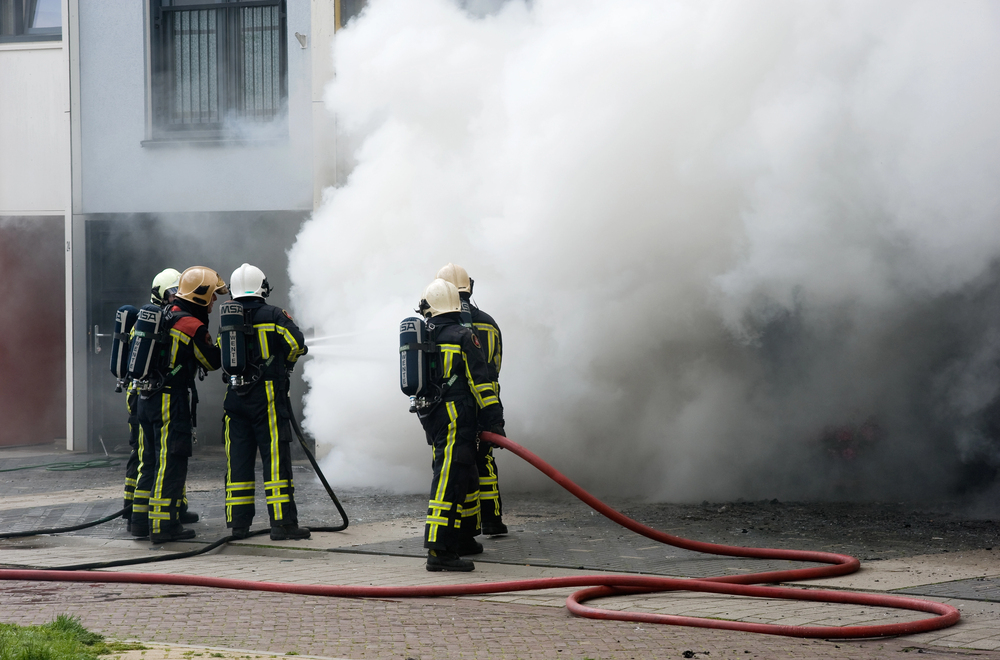
7. Resilience Building: A Readiness for the Next Wildfire Season
Communities won’t be able to eliminate wildfires, but they can prepare. That entails understanding evacuation paths, having emergency supplies (N95 masks included) ready to go, and planning for family communication. On a larger scale, experts are urging more robust building codes, fireproof materials, and wiser land management such as prescribed burns and advocating for Indigenous cultural burning practices. “Communities with a high social network will be able to mobilize resources better in the event of disaster,” a study finds. Spending on resilience now pays dividends when the next catastrophe strikes.
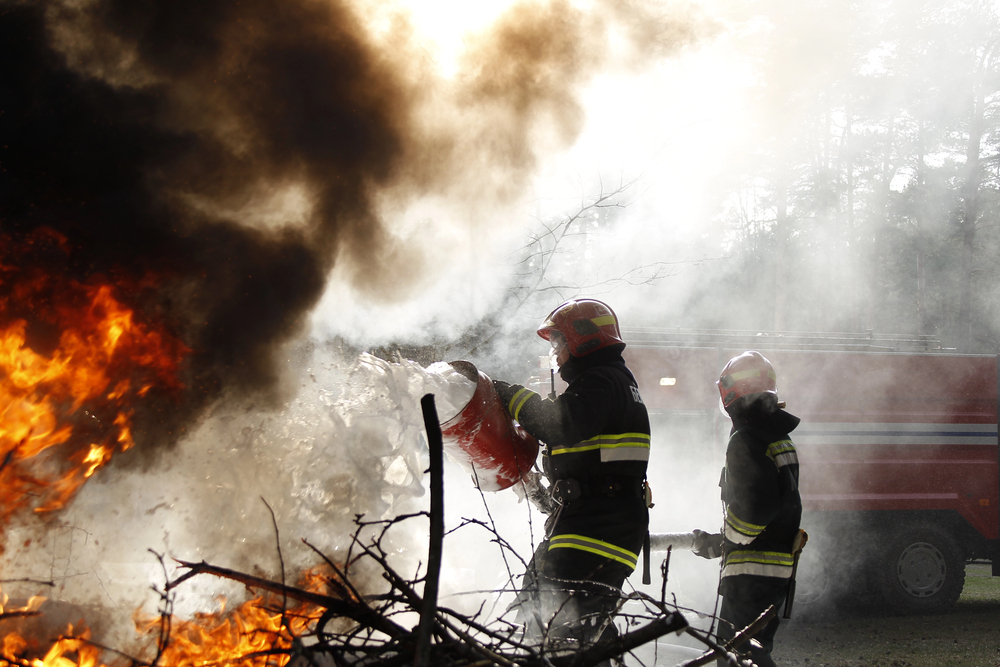
As Manitoba’s wildfires continue to burn, the message is clear: although the magnitude of the challenge is overwhelming, the culture of community, ingenuity, and resilience is as hot as ever.


